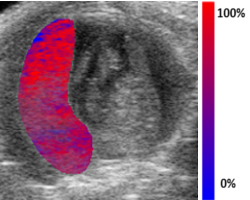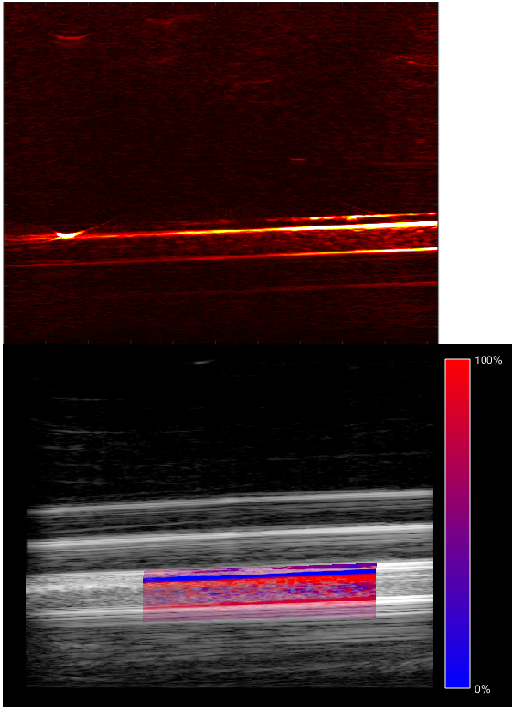Biomedical Functional Imaging Laboratory
Preeclampsia Study

Preeclampsia, a hypertensive disorder, is estimated to affect 5% to 10% of pregnancies. An initiating factor in the development of the disease is placental hypoxia. Using photoacoustic imaging, we have successfully monitored longitudinal, in vivo placental oxygenation in normal pregnancy and the reduced uterine perfusion pressure (RUPP) model of preeclampsia. Our current aim is to investigate the effect two potential therapies for preeclampsia have on placental hypoxia and maternal/fetal outcome.
Folate Conjugated Contrast Agent Study
The aim of this project is to develop folate conjugate contrast agents and use ultrasound-guided photoacoustic imaging to evaluate folate transportation. Metabolism in the human placenta is closely related to folate transportation. Based on this principle, we aim to detect birth defects at and early stage of pregnancy.
Clinical Translation Study

Photoacoustic imaging opens a new path to assess medical conditions where in vivo measurements are critical. Our aim is to study light delivery systems, the interaction of light with human placental tissue, and improve the depth resolution of photoacoustic imaging. Successful detection of placental hypoxia will allow us to noninvasively monitor the effect of placental ischemia during human pregnancy. The goal of this project is to develop methods to use photoacoustic imaging to monitor placental oxygenation in a clinical setting.
